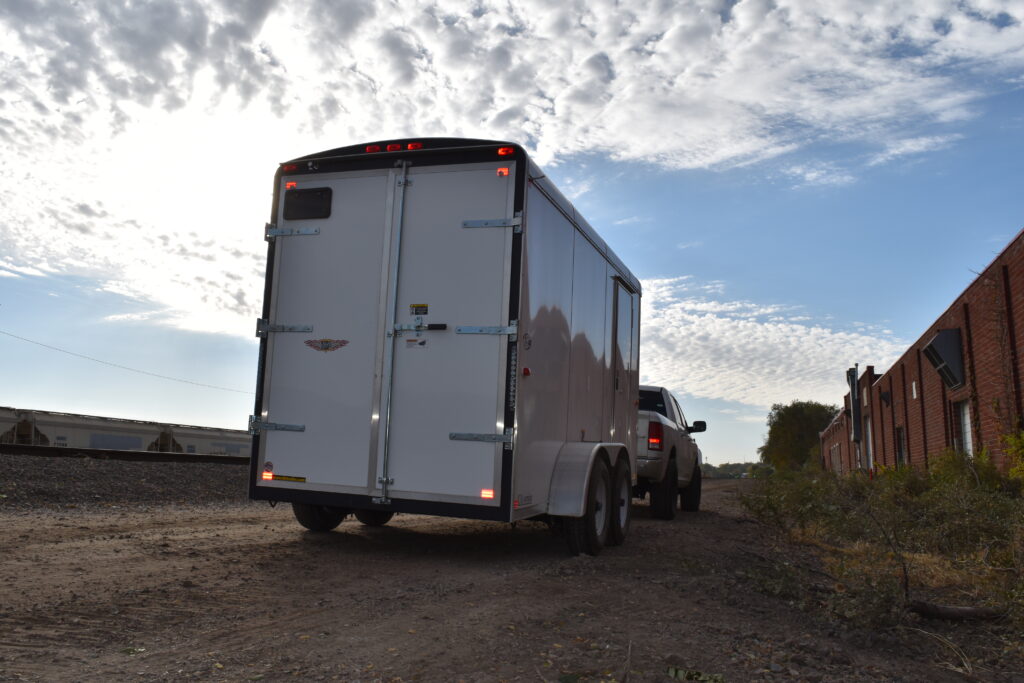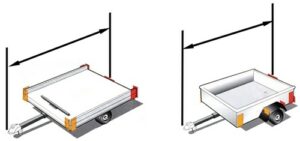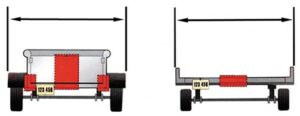The following guide answers the question: Which lights are required for my trailer?
Have you ever been driving at night and wondered why certain trailers, semi-trucks, or large vehicles have different lights or reflective elements on them? When outfitting your trailer with lights, consider what is required by law and what may be a nice-to-have to be safe when driving your trailer at night.
No matter what lighting product you buy for your trailer or come equipped on your trailer, it should always comply with the US government’s requirements. The trailer lighting regulations and standards created by the National Highway Traffic Safety Administration (NHTSA) and the Society of Automotive Engineers (SAE) help keep your trailer visible at night with the safest lights.
All trailers must have tail lights, stop lights, turn signals, and reflectors. Depending on the size and weight of your trailer, additional lighting or reflection may be required by law.
All the trailer lights need to be red, except for the turn signals for the rear, which can be yellow or red. Each trailer also must have a license plate light mounted above or beside the plate. The license plate light must fully illuminate the license plate at night.
Size of your trailer
If your trailer is wider than 80 inches or longer than 30 feet, it will need additional reflectors and lights.
To find a trailer’s length, measure from the rearmost point on your trailer to the point of the trailer closest to the vehicle. Be sure to include the coupler or any overhang in this measurement.
To find the width, measure at the trailer’s widest point. This measurement must include any overhang or protruding fenders.
Weight of your trailer
The gross vehicle weight rating (GVWR) also plays a factor in the type of trailer lighting you need. If the GVWR is above 10,000 pounds, it will need additional lighting and reflectors. This includes reflector tape to make the vehicle more visible. If you are unsure how to calculate your trailer’s GVWR, read this article.
Before you hit the road with your trailer, test all of your lights to make sure they are working properly. Hook your trailer up and make sure all of the breakaway cables are working. Recruit a friend to help make sure the rear lights are working properly.


